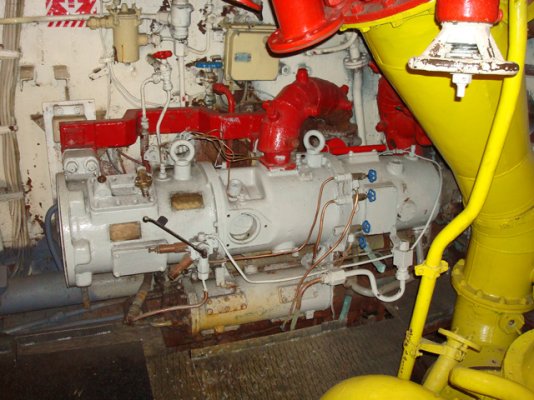Having boated for over 50 years with a single and during that time only experienced three failures, a single would and still is my first choice. As stated earlier in this and other forums, maintenance is the key. Not complicated but due diligence of the owner. Treat the engine as you treat your shared captain.
The only issue re sail over power, one source of mechanical power, is that a sail boat tends not to be subjected to the same wind/current issues when docking and undocking. Many folk think that twins will minimize that issue. Not true. Being able to handle the boat requires skill that comes with practice and always an alternative plan. If the vessel you are about to acquire has a single and you are worried think about a thruster. There is a new model on the market which does not require major construction and that will take care of managing your bow especally trying to get it into the wind.
The other issue re single and twin that you do acquire double the trouble and cost. So buy what fits your needs and regardless of power practice doing the difficult things, docking, undocking especally, until they become second nature.



